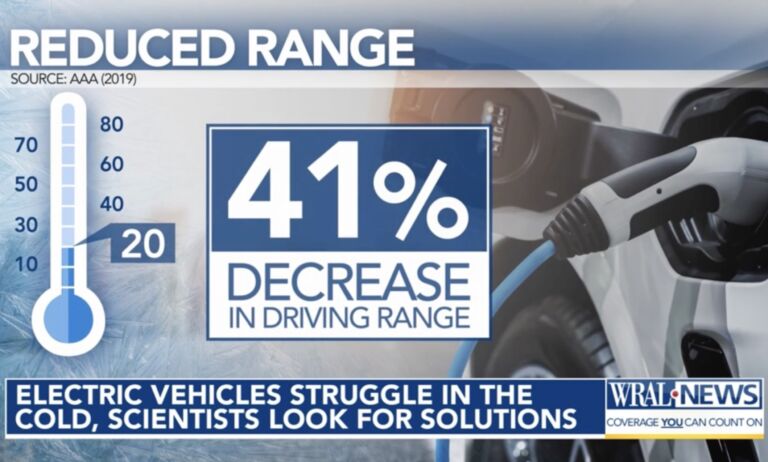 David Malpass documents in the latest issue of Forbes the role the Federal Reserve has played in stifling the nation’s economic recovery.
David Malpass documents in the latest issue of Forbes the role the Federal Reserve has played in stifling the nation’s economic recovery.
By setting interest rates at zero and holding down selected longer-term bond yields the Fed is explicitly rechanneling the financial system’s limited lending activity toward government and big corporations, sectors that aren’t known for job creation or innovation. This transforms the normal market-based allocation of capital–which in a free society must be based on private-sector assessments of risk versus return–into government-controlled credit rationing.
In buying trillions of dollars in government debt the Fed is disguising the true cost to taxpayers. Government debt now exceeds total household debt, including mortgages, auto loans, student loans and credit cards. Current trends will increase this imbalance, creating a government that by this measure is markedly larger than the households it is supposed to serve. …
… The key policy breakthrough to unlock these dead resources is for the Fed to commit to maintaining the value of the dollar, with a stable gold price as a key metric and report card. This would allow more capital to flow to growing parts of the private sector and would begin a normalization of the financial system and the Fed’s balance sheet.
The Fed also needs to fight harder against its own tendency to grow and take on unaccountable missions. The latest is the plan to build huge new bureaucracies inside the Fed to shield controversial political tasks. In fact, the Fed’s narrow mandate, independence from the political process and unique access to unlimited funds outside congressional appropriations require that the Fed reject systematic government expansionism.
Most of the remaining presidential campaign will be focused on whether voters want more government. If not, the Fed should lead by example, championing a smaller Fed, a strong and stable dollar and a market-based allocation of credit, all of which would help the economy grow faster.


